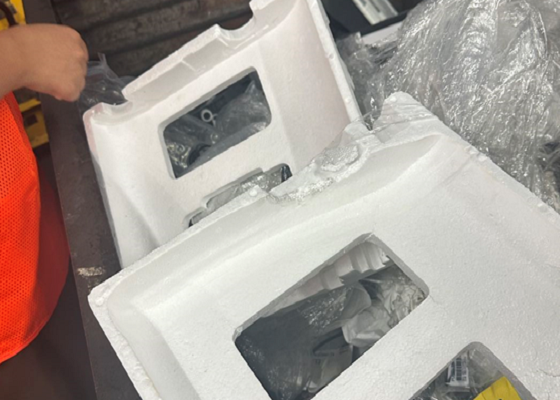In modern society, Styrofoam is widely used in many fields. However, the convenience of this material comes with serious environmental concerns. In response to this challenge, the use and disposal of styrofoam has caused many problems for the environment
1. Difficult to degrade: Foam plastic is a material that is difficult to degrade naturally. In the natural environment, Styrofoam can take hundreds of years to completely decompose.
2. Space taken up: Due to its bulk and low density, foam plastic waste takes up a lot of landfill space, exacerbating waste disposal problems.
3. Visual pollution: Styrofoam plastics scattered in the environment not only affect the appearance, but may also cause harm to animals and plants. For example, wild animals that accidentally eat Styrofoam can cause digestive system blockage or even death.
4. Microplastic pollution: Over time, foam plastics will gradually decompose into tiny particles and become part of microplastic pollution, entering water bodies and food chains, harming ecosystems and human health.

If you want to avoid this kind of environmental pollution, you can choose to recycle it as soon as possible. The styrofoam compactor is a piece of equipment specially used to process and recycle foam plastics. It makes transport and reuse more efficient and economical by compressing loose styrofoam into high-density blocks. The use of styrofoam compactor to recycle foam plastics is a widely recognized recycling method. The compression ratio of GREENMAX styrofoam compactor can reach 50:1, and it can handle a wide range of materials, such as styrofoam (EPS), Polyethylene foam, Polypropylene foam and extruded Polystyrene

The use of styrofoam compactor is an environmentally significant initiative. Start from yourself, start from garbage classification, actively participate in the recycling of foam plastics, and contribute to building a greener and healthier earth.